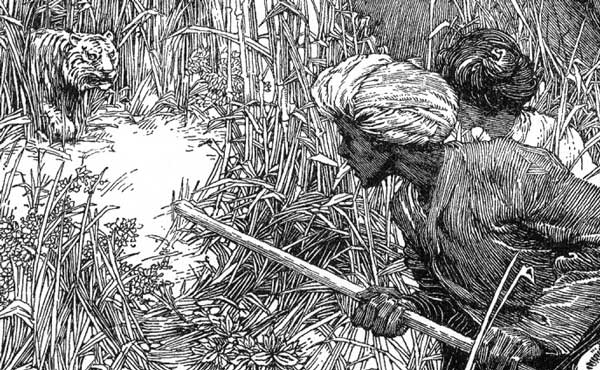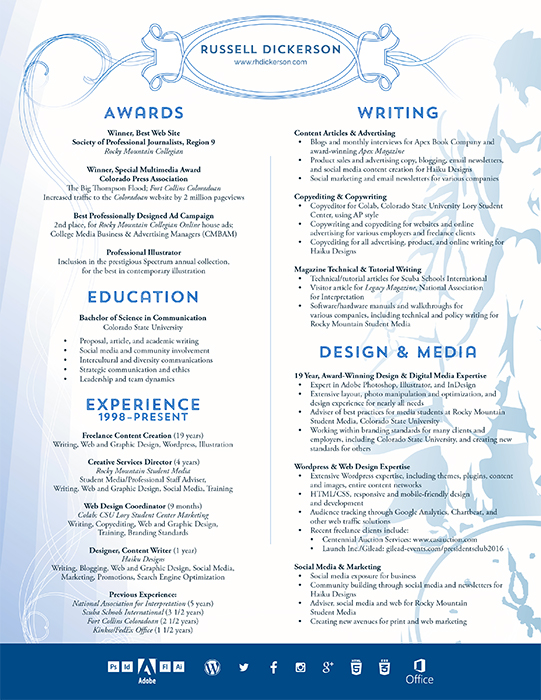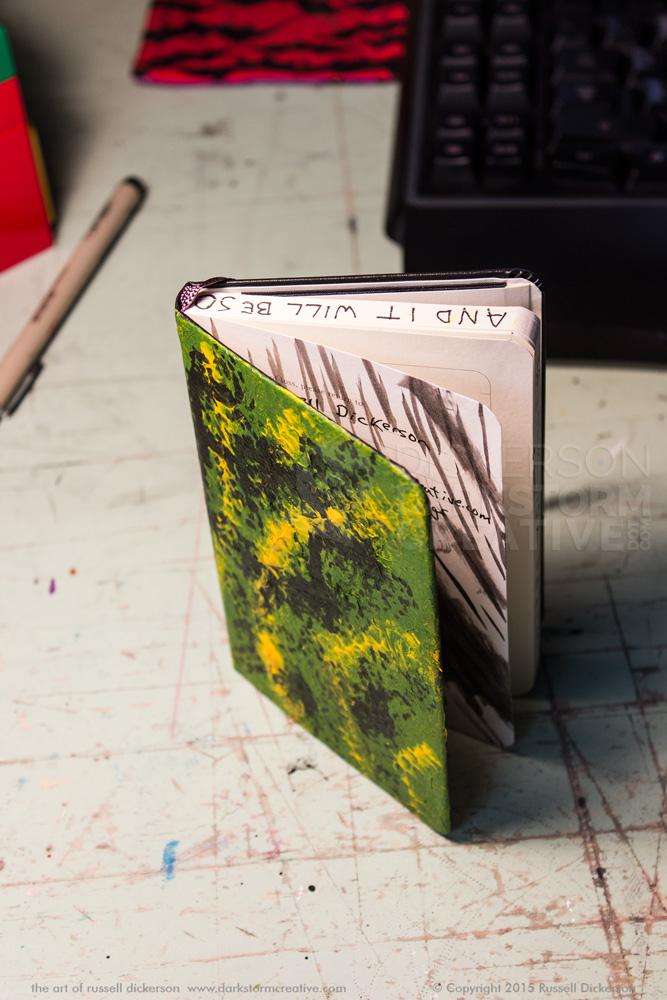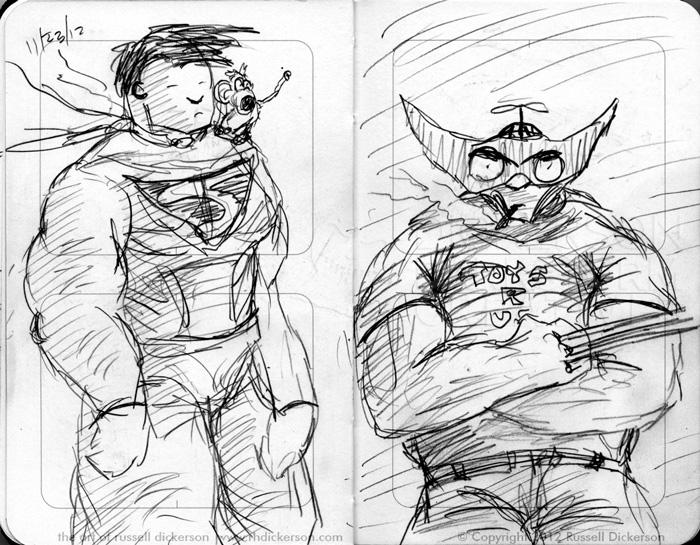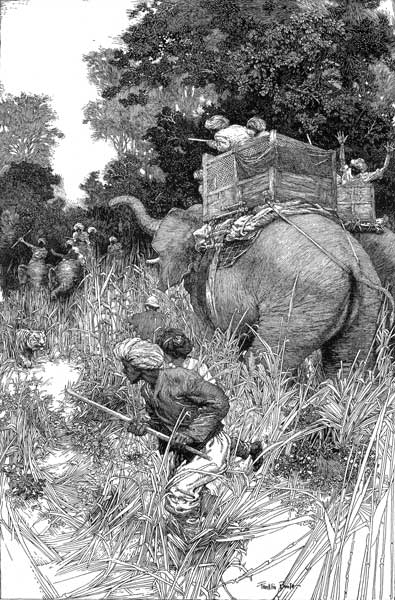
This week we’re back to a piece of art, in this case Franklin Booth’s War on the Tiger (ink, 1908). I’m a huge fan of ink and engraved works, and Booth was a master of the pen. He is one of the most influential ink artists ever, and his techniques and styles can easily be seen among the best of today’s pen and ink artists.
I happened upon a book about Booth last week, called Franklin Booth: Painter with a Pen, and I think that’s a perfect way to describe his work. This piece, War on the Tiger, really stood out as soon as I saw it. It’s a great exercise for ink artists to examine, a wonderful piece that defines perfection in inkwork.
One of the toughest things about doing inkwork is the balance between the detail work and the contrast of the overall image. Often inked works will suffer from too much detail, and the overall idea or image that was intended is lost in the process. In this image, Booth shows how to work with the dark and light images of the overall work, and yet not lose detail where it matters. The lightness in the lower left corner compliments the darkness of the upper right, and both converge right where the action is, at the tiger.
In fact, all of the action in this piece is aimed squarely at the tiger. The people and animals are all pointed towards it. The inkwork is designed to lead your eye to it. Even the strong details and areas of light details all converge at the same spot. This is actually where Booth succeeds, his greatest idea of all. He’s built tension in the image, mostly in your subconscious, and his techniques give you a sense of urgency and of swift action that is difficult to pull off.
For me, again a big fan of inkwork, his draftsmanship is beautiful. From the delicate linework in the character’s clothing, to the detailed look of the far off forest, to the intricately balanced but clean grasses in the foreground, Booth shows a masterful control of the ink and line. That’s certainly an artist’s sight, looking at the linework and technique. But I think Booth gives a nice, clean look to the whole piece, which anyone can appreciate over a messier, but maybe even further detailed piece.
Above all, Booth gives you a sense of the scene and of the action long before you start noticing technique. This is a moment of truth, the men against the tiger, and within the grasses and natural environment seemingly against nature itself. You get the excitement of the scene, the tension of the story within, and you can ask nothing more from a great artist.
Opinions?
Russ
